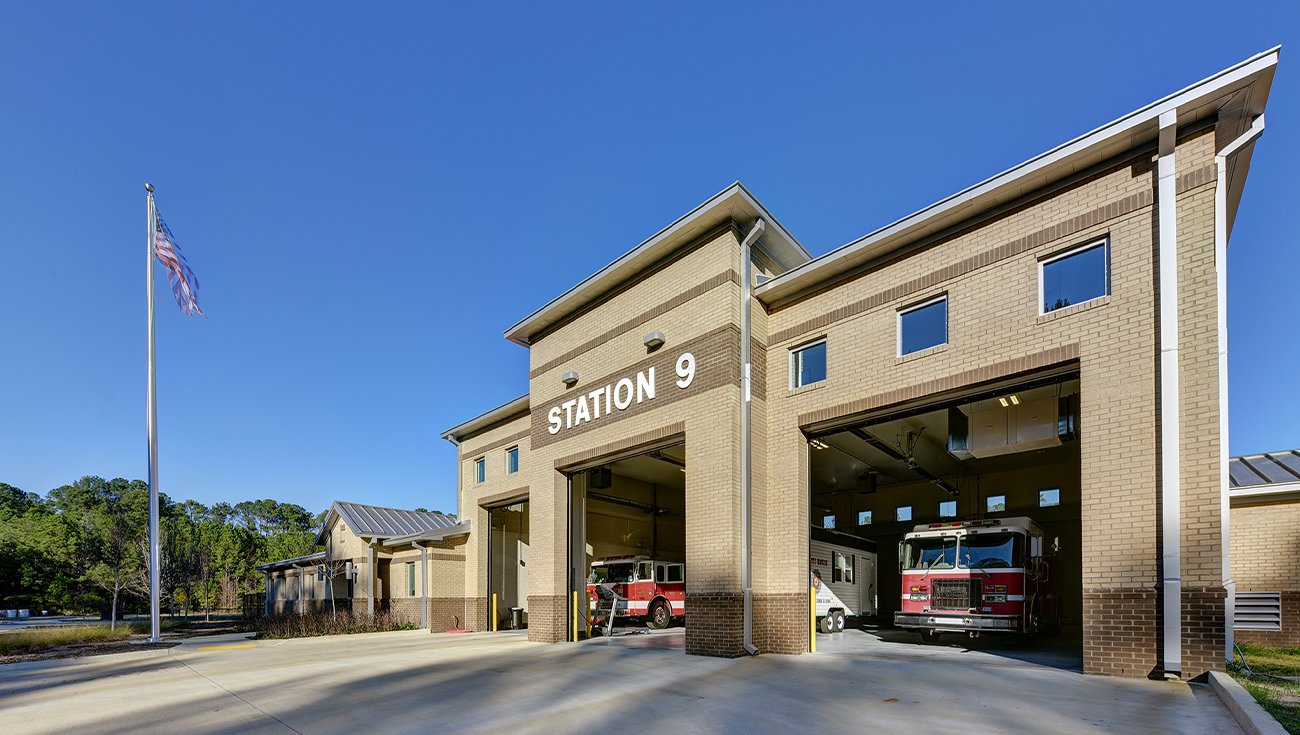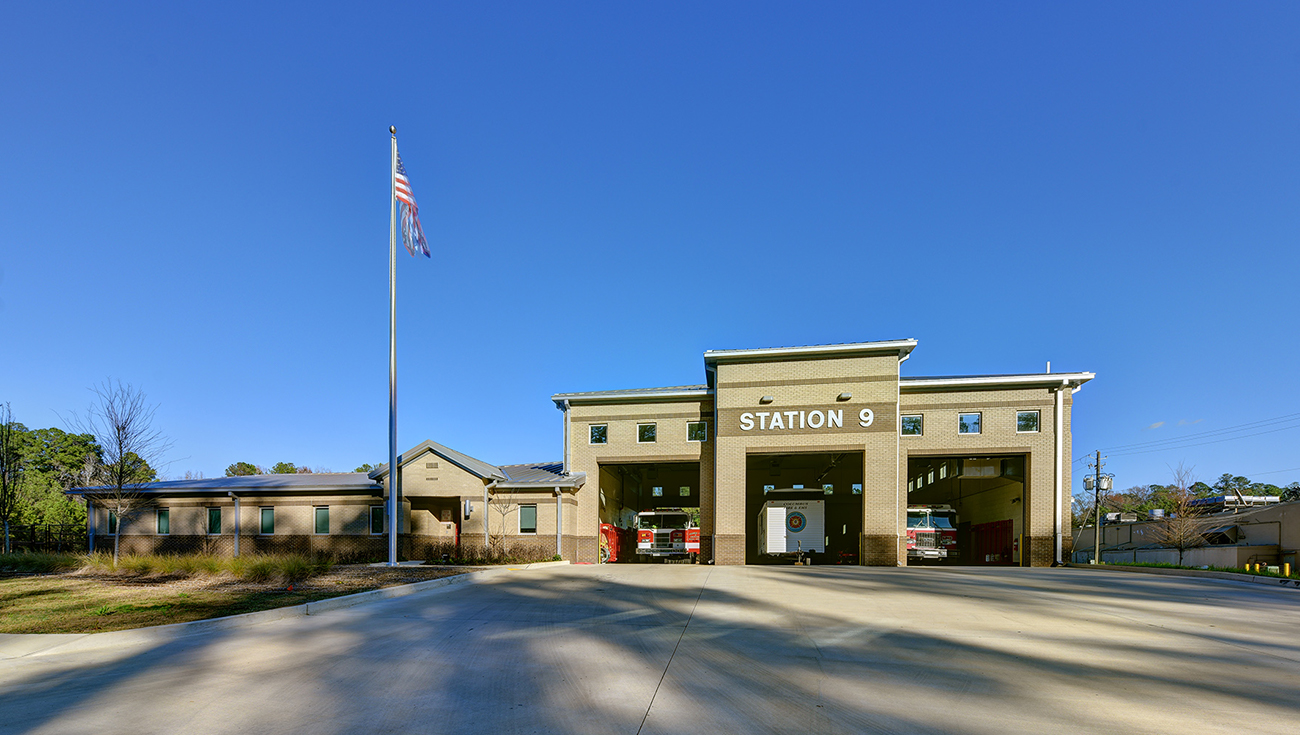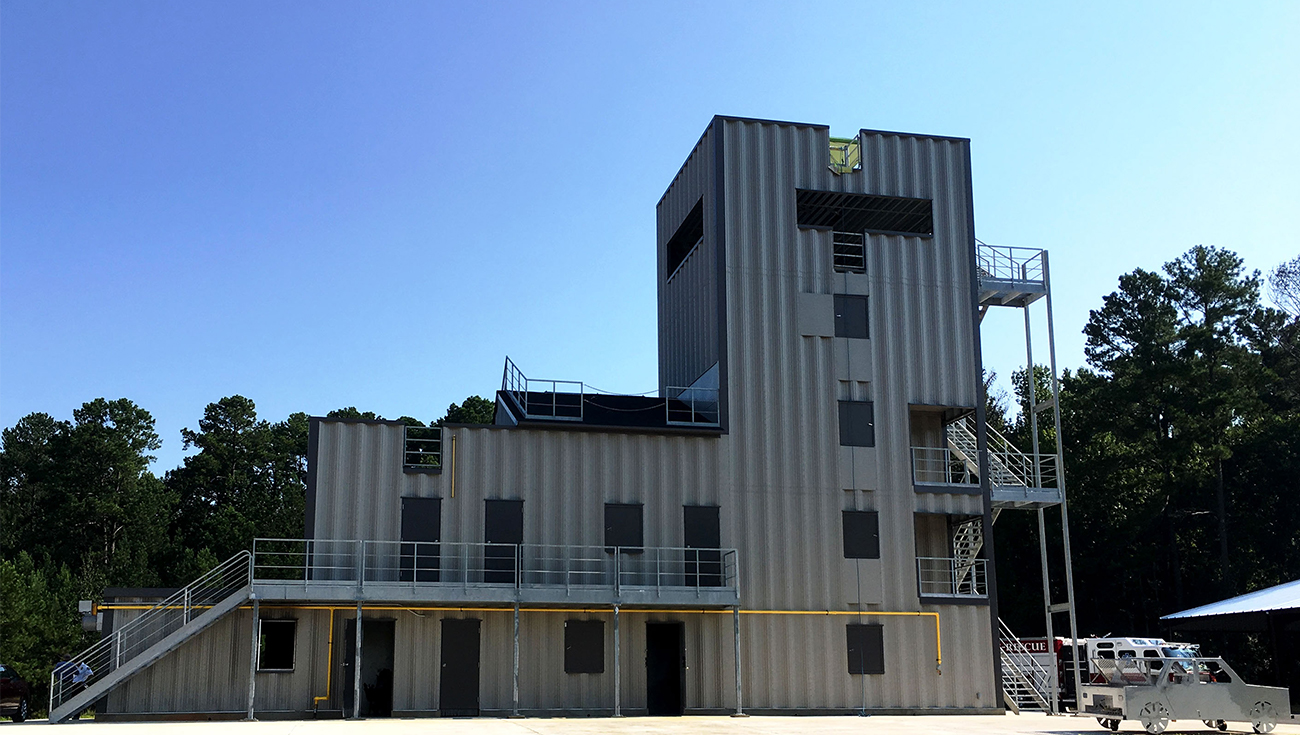A Sustainable, High-Performance Fire Station
UG Group (formerly 2WR+Partners) played a key role in designing Fire Station #9, the city’s first LEED Silver-certified station in Columbus. This innovative facility builds upon the Columbus Prototype model, integrating sustainability and efficiency to enhance public safety operations. Strategically positioned next to the Fire Training Center, it was developed through a collaborative design approach to meet both functional and environmental goals.
Sustainable Features for a Modern Fire Station
The facility incorporates advanced energy-efficient systems, ensuring a reduced environmental footprint. Key sustainability features include:
- A variable refrigerant flow (VRF) system for optimized heating and cooling efficiency.
- Gas radiant heating to maintain comfortable working conditions while minimizing energy use.
- An Airvac 911 exhaust system to improve indoor air quality and firefighter safety.
- Solar water heating to lower operational energy costs.
- LED lighting for reduced electricity consumption.
- High-speed overhead doors that enhance rapid response times while maintaining efficiency.
- Advanced building materials that increase durability while reducing maintenance costs.
- Water-efficient plumbing systems to further minimize the facility’s environmental impact.
Expanding the Future of Fire Station #9
The first phase of the project involved a $1.5 million investment to construct the three-bay facility on a former swamp site. Looking ahead, future development plans include additional training facilities, expanded parking, and a new administration building to further improve operational capabilities. Thoughtful planning ensures the site can support the evolving needs of the fire department and the surrounding community.
Advancing Public Safety with Thoughtful Design
By integrating smart building solutions and environmentally responsible strategies, UG Group has helped establish a cutting-edge facility that sets a new standard for public safety infrastructure. The project demonstrates how sustainable design can effectively support emergency services while reducing long-term costs. Additionally, the facility provides a healthier and more efficient workspace for firefighters, ensuring they are better equipped to serve the community.



